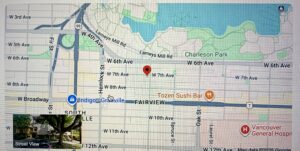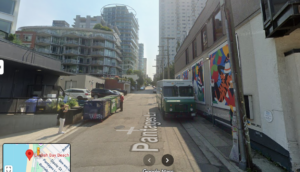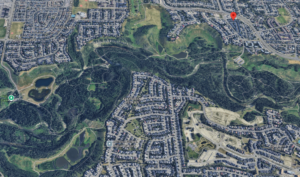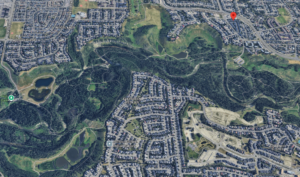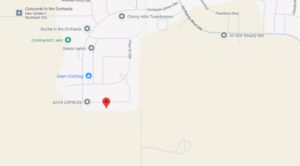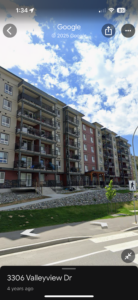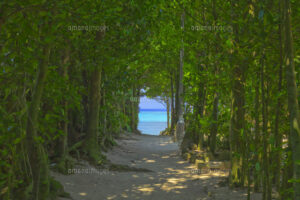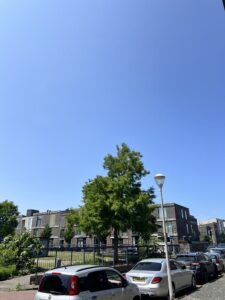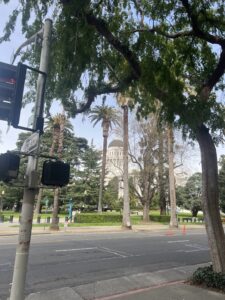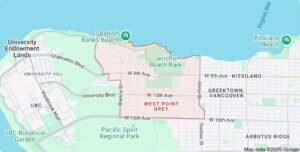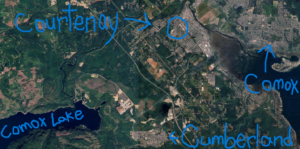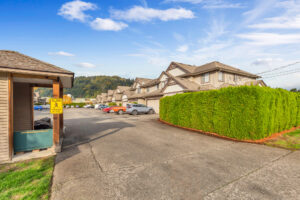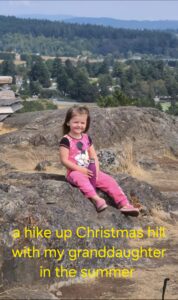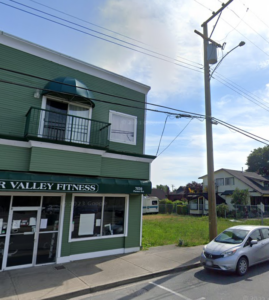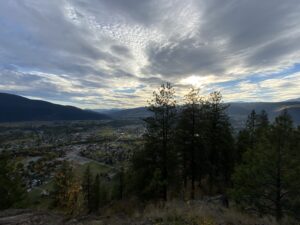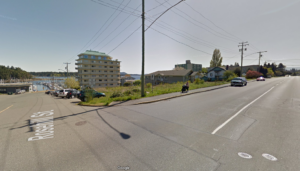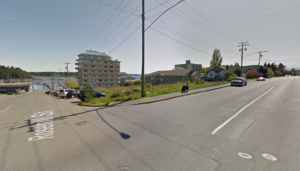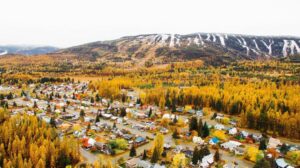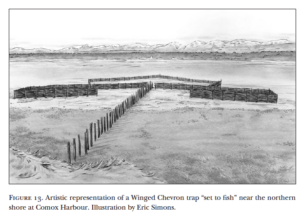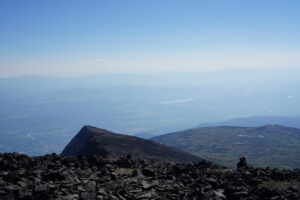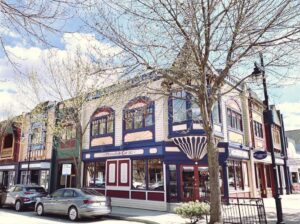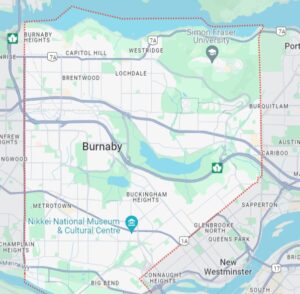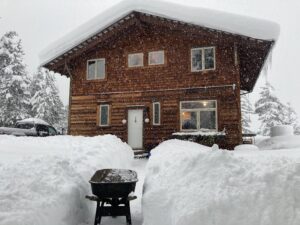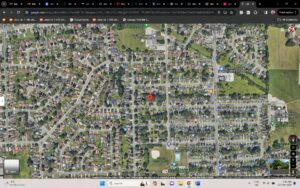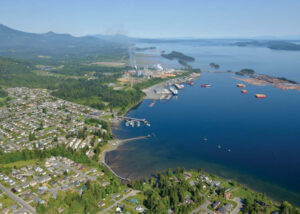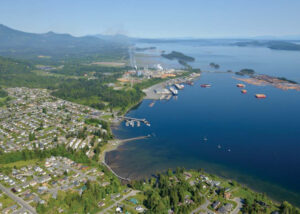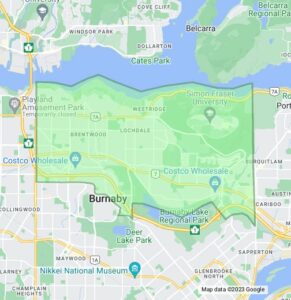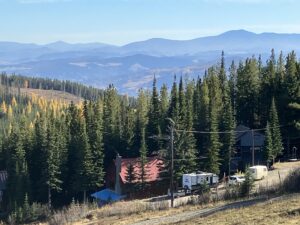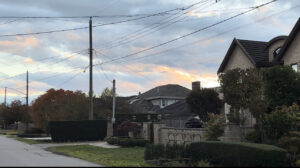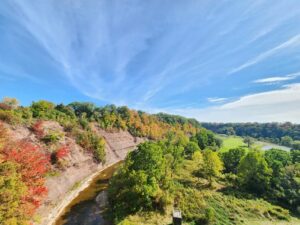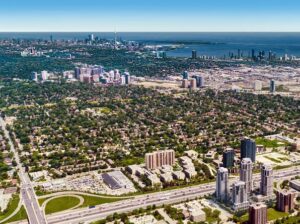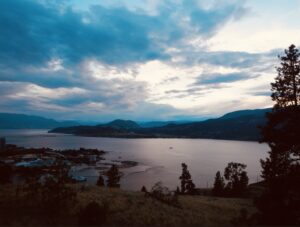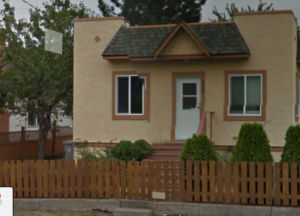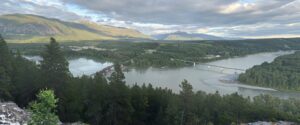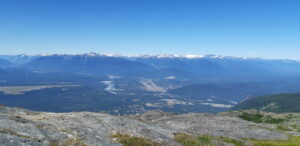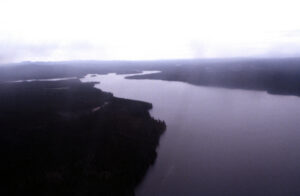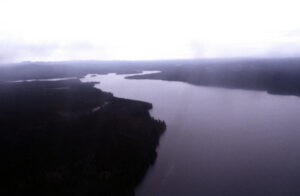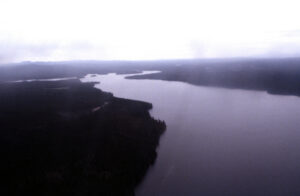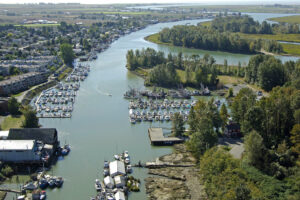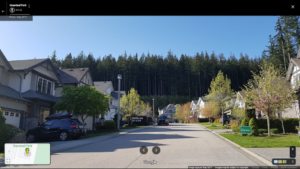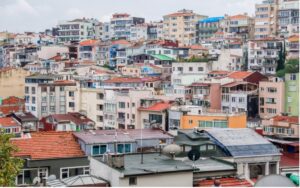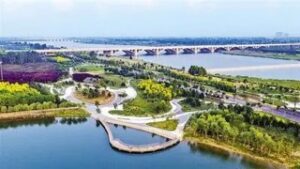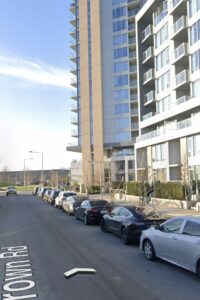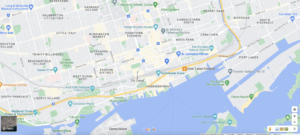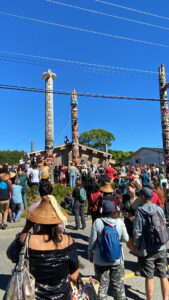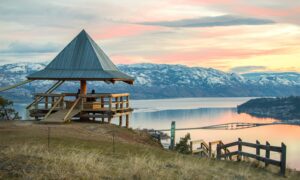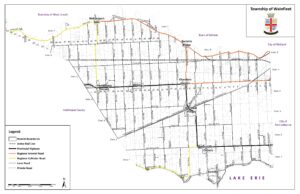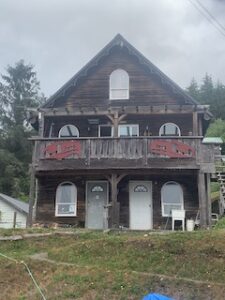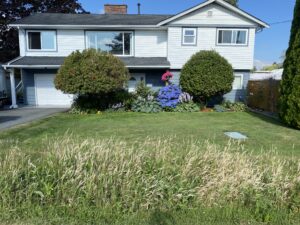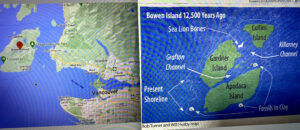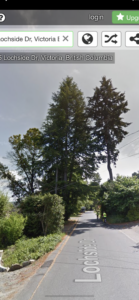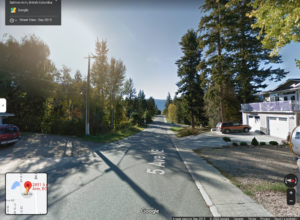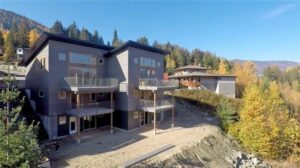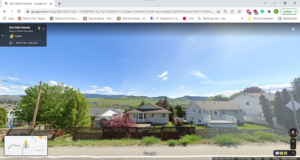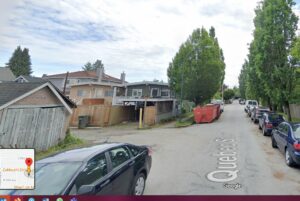Exercise #1: Local Environmental History
Instructions
For Exercise #1, you will bring environmental concepts home by looking at your neighbourhood’s environmental history.
- Using the submission form, post a photo of your area (Google Street View if you do not want to show your home) on this interactive map and explain the ecological history of this space, as per this example.
- Write a 700 to 1100 word of the ecological history of this physical environment, including where applicable: pre-contact use and settlement; wildlife past and present; early settlement and resource extraction; invasive species; urban development; stewardship actions (urban stormwater retention systems; community gardens; composting facilities).
- You must show where you found your information, either through footnote citations or with links embedded in the text, or a combination of both.
- The writing can be informal, as per the Exercise 1 Sample (you may even use first person, which definitely will not fly with your historiography and major essay projects!) but correct spelling and grammar are expected.
- In most cases, given the readily available information online, this exercise need not take more than 6–8 hours to complete. It is meant to help you think historically about your environment—to read it through an ecological lens. If you live in a rural area or small town, you may think that there is less to say than what you read in the sample based on a Vancouver neighbourhood, but this is not the case. The environmental history will be very different, and you might focus far more on, say, the settlement period of the late nineteenth century, or the implications of the introduction of cattle or irrigation and less on events of the 1960s and 70s.
- Please note, you should write and edit your submission in a separate file then copy and paste it into the submission box. Once submitted to the HIST 3991 trubox site, you will not be able to edit your post.
Are you a student of HIST 3991? Click here to add a submission to this assignment.
Submissions
Latest Posts
Living Between the Lakes: Penticton’s Environmental History
September 1, 2025 By: Vraj Bharatkumar Patel
Dr. Mark Butorac HIST 3991 – Environmental History Vraj Bharatkumar Patel – T00785625 Sept 1, 2025 Exercise #1: Local Environmental History – Penticton Penticton, located between Okanagan Lake to the north and Skaha Lake to the south, is a community shaped deeply by its surrounding environment. The valley’s geography and ecology have influenced Indigenous lifeways, settler economies, and modern development, while continuing to pose challenges through wildfires, water scarcity, and urban expansion. Understanding Penticton’s environmental history reveals how human societies continuously negotiate with the natural world, sometimes in sustainable ways and other times with unintended consequences. In this exercise, I…
Living Between the Lakes: Penticton’s Environmental History
August 31, 2025 By: Vraj Bharatkumar Patel
Penticton, located between Okanagan Lake to the north and Skaha Lake to the south, is a community shaped deeply by its surrounding environment. The valley’s geography and ecology have influenced Indigenous lifeways, settler economies, and modern development, while continuing to pose challenges through wildfires, water scarcity, and urban expansion. Understanding Penticton’s environmental history reveals how human societies continuously negotiate with the natural world, sometimes in sustainable ways and other times with unintended consequences. In this exercise, I will trace the ecological history of Penticton, from Indigenous land use to present-day stewardship efforts, while reflecting on my own personal connection to…
Ecological History of South Edmonton, Alberta
August 13, 2025 By: Sunisha Rakesh
Ecological History of South Edmonton, Alberta Course: HIST_ 3991 Student Name: Sunisha Rakesh Student ID: T00609237 Date: 2025/08/13 My hometown is South Edmonton, Alberta. According to Wikipedia, the city is situated in Treaty 6 territory, the traditional land of the Cree, Saulteaux, Nakota Sioux, Blackfoot, and Métis peoples. These groups lived here for thousands of years before European contact. Their sources of livelihood included farming, hunting, fishing, gathering plants, and trading with other indigenous communities. The city was referred to as Amiskwaciy Waskahikan, meaning “Beaver Hills House” in Cree, because it served as a meeting and trading place for many…
The Transformation of Pacific Way: An Environmental History of a Kamloops Neighborhood
August 3, 2025 By: Sochibueze Ajoku
The Transformation of Pacific Way: An Environmental History of a Kamloops Neighborhood The story of Pacific Way in Kamloops reveals the complex relationship between urban development and ecological preservation in British Columbia’s semi-arid interior. This suburban neighborhood, developed between 1990 and 1995, transformed what was once a carefully managed Indigenous landscape into a modern residential area. The environmental history of this transformation offers valuable insights into how human settlement has reshaped local ecosystems, and how new approaches might achieve better balance between development and conservation. For thousands of years before European contact, the Tk’emlúps te Secwépemc people maintained the Pacific…
Valleyview Kamloops BC
July 23, 2025 By: Logan Forman
Local and Environmental History Orchards Walk, Valleyview (Kamloops, BC) Kamloops is often associated with sagebrush hills, dry summers, and ski lodges courtesy of Sun Peaks. However, tucked away in Valleyview, near the edge of the North Thompson River, there is a community named not for its current usage, but for what the land once held. Orchards Walk is that neighborhood. Kamloops is not known for its orchards, but they used to flourish in this community some time ago. I have only lived in Kamloops for a short while, so exploring this community now is interesting, and learning about its environmental…
